Is the United States a democracy or a republic? It’s a question that often sparks debate and curiosity — especially for those trying to understand how American government really works.
While the terms are sometimes used interchangeably, they each highlight different aspects of the U.S. political system.
In this article, we’ll break it down in a clear and simple way, so you can see how the U.S. blends both ideas into one unique form of government.
When traveling to the USA, consider using an iRoamly USA travel eSIM to stay connected and easily share your travel experiences online with friends and family.
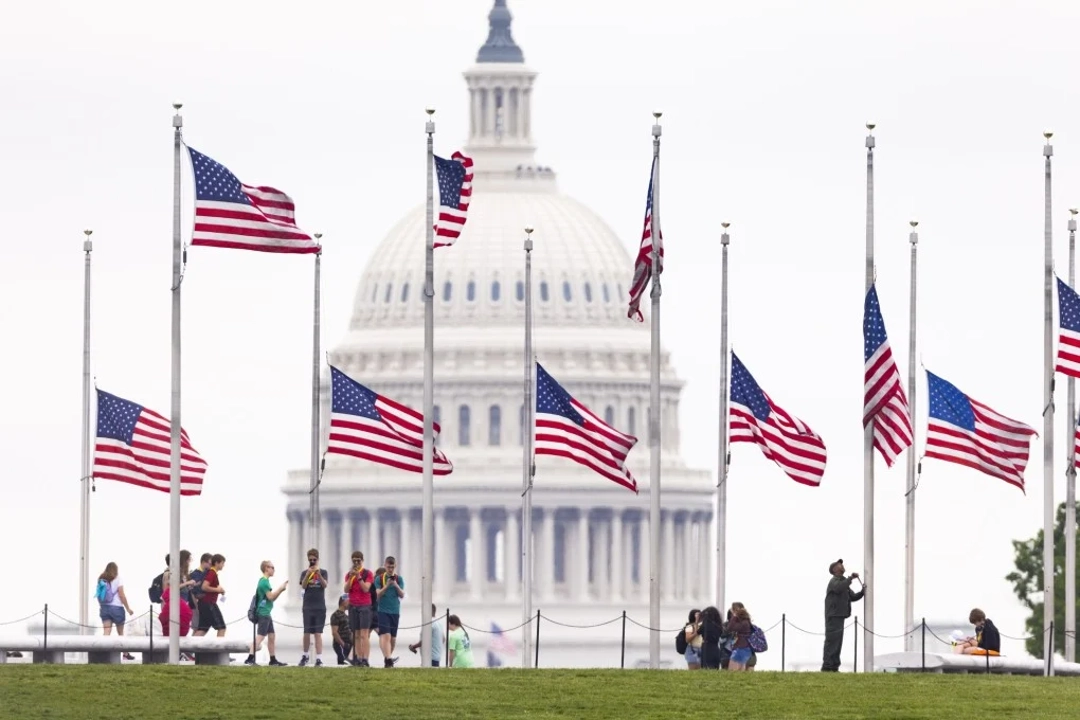
Is the United States a Democracy or a Republic?
The short answer is: the United States is both a democracy and a republic. Officially, it’s often referred to as a constitutional republic or a representative democracy.
What this boils down do is that the power always rests with the people, but the way they exert their power is to select representatives that (are supposed to) lead within a specific framework of rules: the U.S. Constitution.
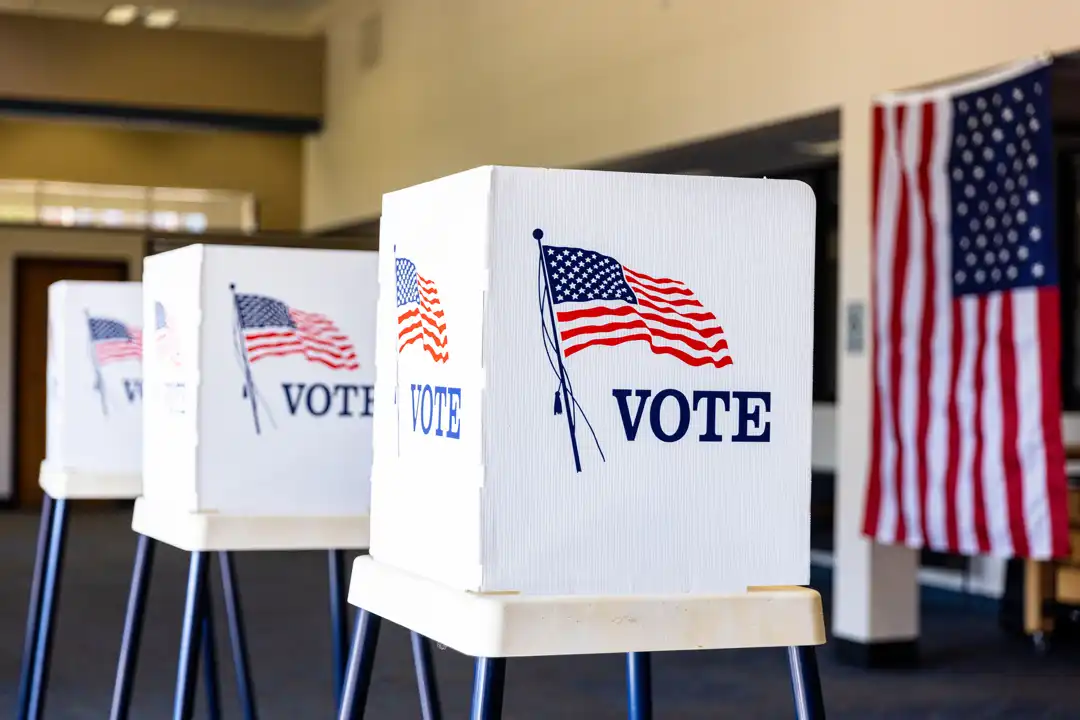
It’s all by design. The Founding Fathers sought to build a system that balanced the will of the people against stable, rule-based governance.
So, even though Americans vote to elect officials (democratic element), those officials run the country and are limited by a written constitution (republican element).
This structure aims to protect individual rights, prevent the abuse of power, and ensure that all voices — not just the majority — are heard.
What Is a Democracy?
A democracy is a form of government where power lies with the people. In its purest form — known as direct democracy — citizens vote on laws and decisions themselves.
But most present-day democracies, including the United States, are representative democracies where people elect officials to make decisions for them.
Democratic systems are founded on basic tenets such as conducting free and fair elections, universal suffrage, majority rule, and guaranteeing individual liberties.
In the United States, for example, such principles are enshrined in how citizens elect Presidents, Senators, Mayors, and so forth.
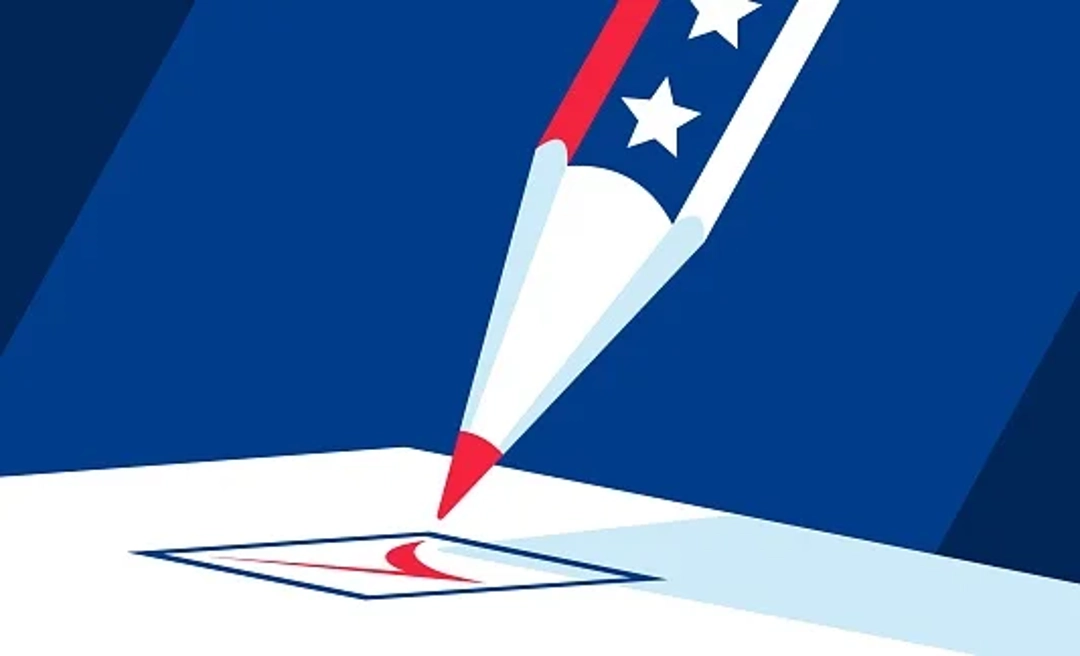
They also have the right to speak out, organize political parties, and demand accountability from their leaders — all things you need for a successful democracy too.
What Is a Republic?
A republic is a type of government in which the people have the power, yet they elect officials to wield that power, while all under a certain set of laws or a constitution.
A republic is a government where the administration is bound by the law and where leaders are governing from established principles and not according to personal rule or the whim of the majority.
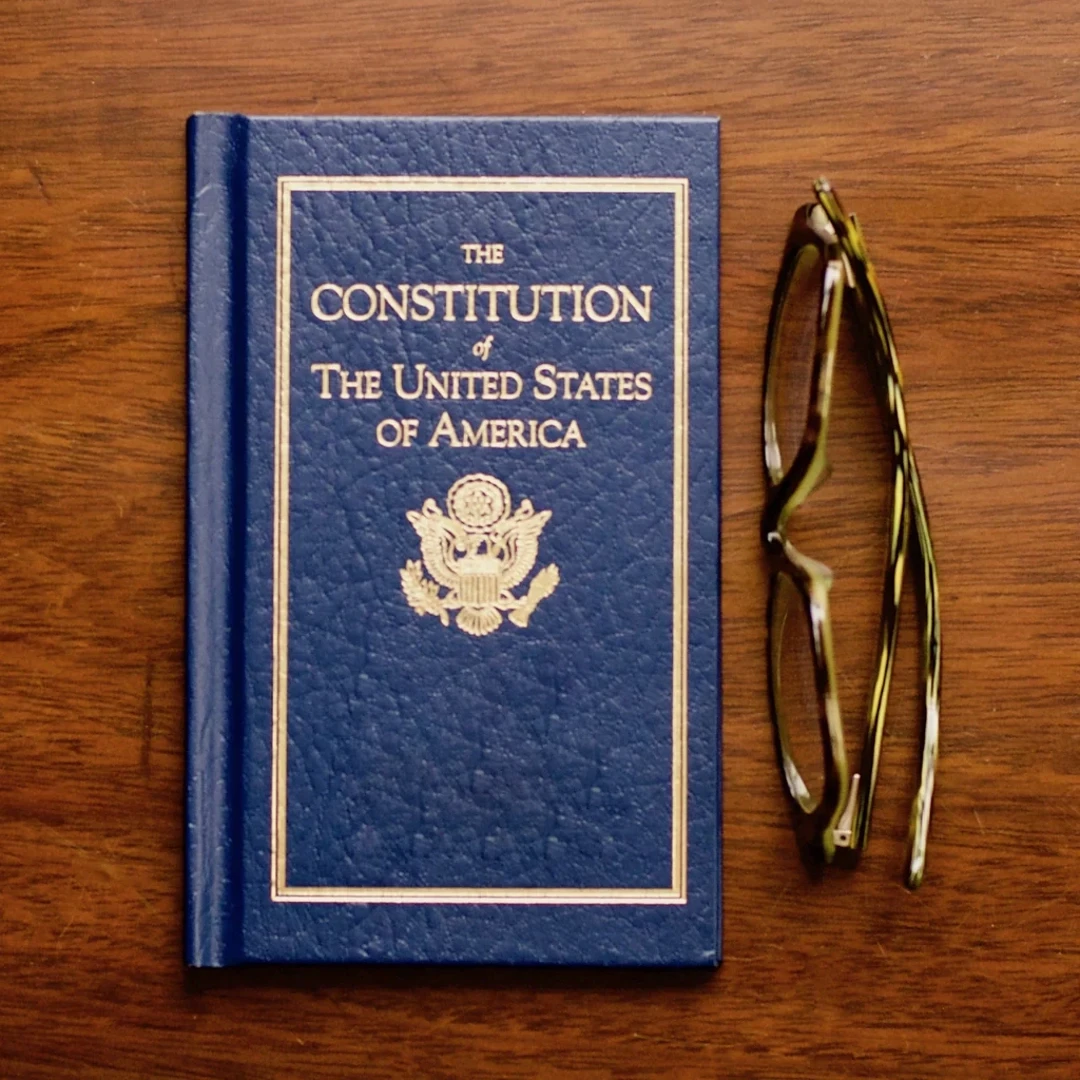
Take the United States as an illustration. Rather than putting every single decision to the poll, people vote for officials who create laws and decisions using institutions, such as Congress.
The Constitution is the supreme law of the land, which means it establishes the basic boundaries on what the government can and cannot do and guarantees individuals’ rights (such as free speech, religion, and a fair trial).
This legal concept guarantees that the fundamental rights of minorities can never be denied by a majority.
The United States’ Political System Explained
In the US, democracy and republicanism go hand in hand. It’s called a “constitutional republic” because, while it features democratic processes, the country is operated according to a specific set of laws.
Voting is crucial in America for choosing who will lead the country, such as President and members of the Congress, who are then expected to carry out the will of the people.
The government is divided into three branches: the executive, the legislative, and the judicial. This system prevents one branch from having too much control.
It’s akin to a team with enough players completing different tasks to make sure everything functions properly. They also allow each of the arms to limit the power of the others, creating a fair political process
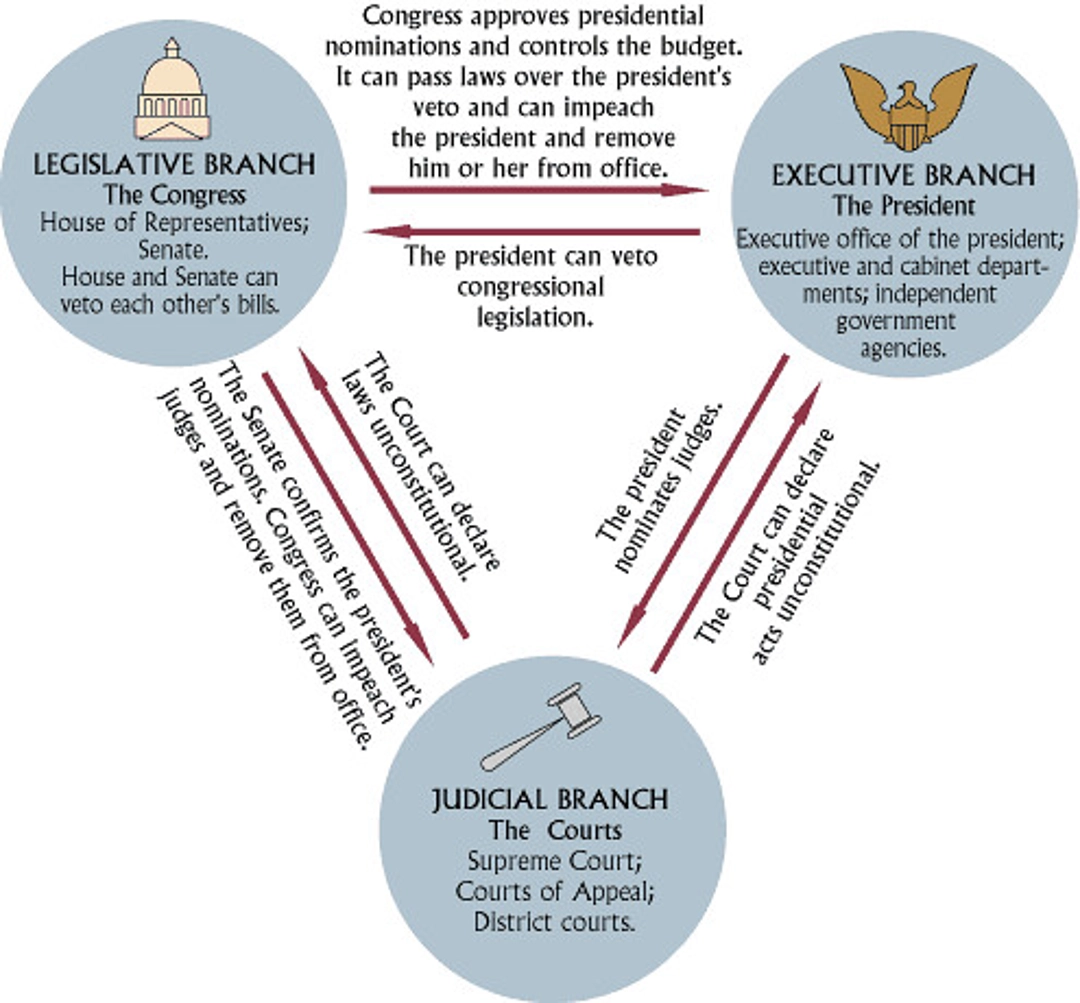
The Constitution and the Bill of Rights are really a shield for individuals. They make sure that, no matter what the majority thinks, they can’t violate the rights of a single individual.
If you ever feel that something is unfair, the Constitution is your weapon to fight against it and to speak out and protect yourself.
Comparison with Other Countries
To better understand where the United States stands, it helps to look at how other countries define their political systems. Some nations operate as pure democracies, where decisions are made directly by the people.
For example, in small communities or city-states like Switzerland, citizens regularly vote on laws and policies through referendums.
This form of direct democracy allows people to have an immediate say in governance, but it’s hard to scale up for large, diverse countries.
On the other hand, some countries identify more strictly as republics. These nations emphasize governance by elected representatives and a constitution that protects individual rights.
France and India are examples of republics with strong legal frameworks and elected officials who make decisions on behalf of the people.
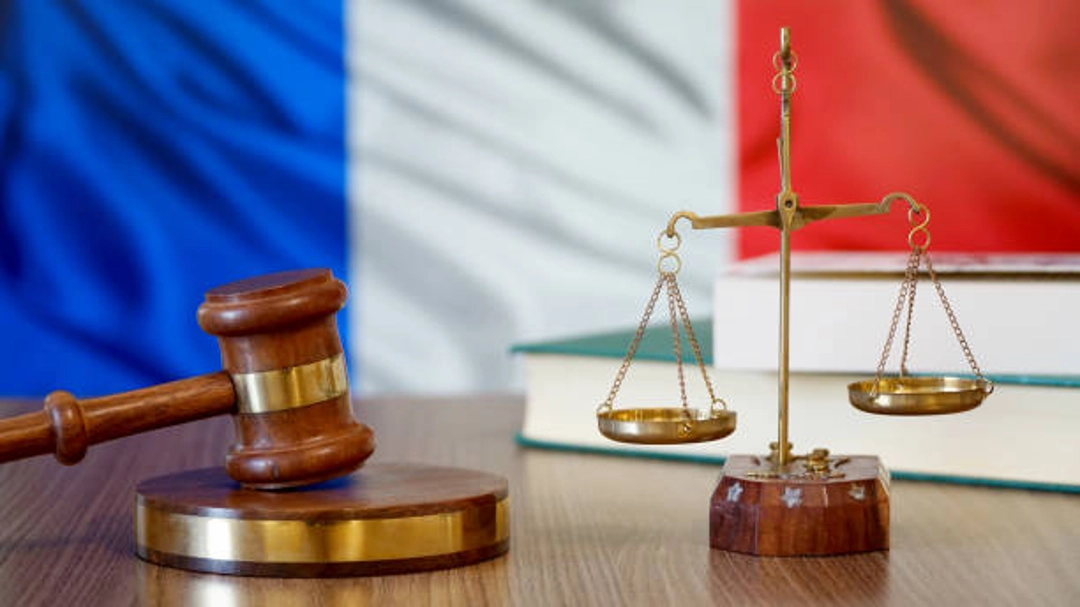
The United States fits uniquely in between these models as a constitutional republic with democratic principles.
It combines the representative system of a republic—where citizens elect officials to govern—with democratic ideas like voting rights and public participation.
Unlike pure direct democracies, the U.S. relies on elected leaders to balance majority rule with protections for minorities and individual freedoms.
This blend helps the U.S. manage its large population and diverse interests while ensuring laws follow a constitutional framework.
So, while other countries might lean more clearly toward one system, the American model is a carefully balanced mix designed to promote both liberty and democracy.
FAQ
1. Why are separation of powers important?
The separation of powers makes sure that no branch of government has too much power. It’s sort of like different coaches for different sports teams, so all the teams play fair.
2. What are checks and balances?
Think of checks and balances as the guardrails for each branch of government. They prevent any one branch from becoming too powerful. After all, it’s all about maintaining fairness in government.
3. Why does understanding this matter to me?
Your understanding of U.S. governance will go a long way toward making you a more active and informed citizen. You’ll better understand your rights and the power of your vote and how the government serves you.
Conclusion
The United States is both a democracy and a republic — a unique system that blends the will of the people with the rule of law.
By electing representatives and following a strong constitution, the U.S. ensures both participation and protection.
Understanding this balance helps explain how the country works and why its political system is often called a “constitutional republic.”
